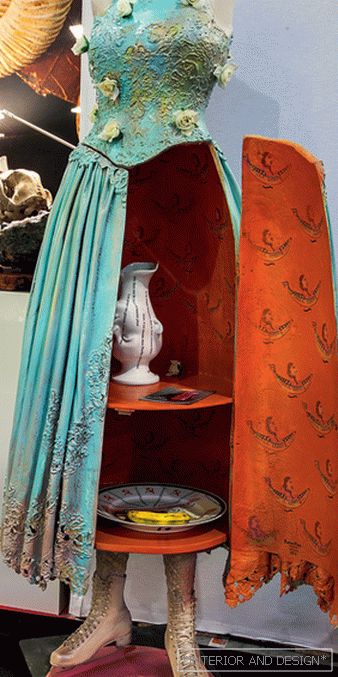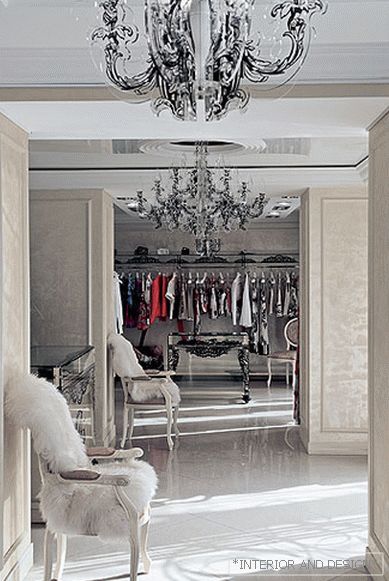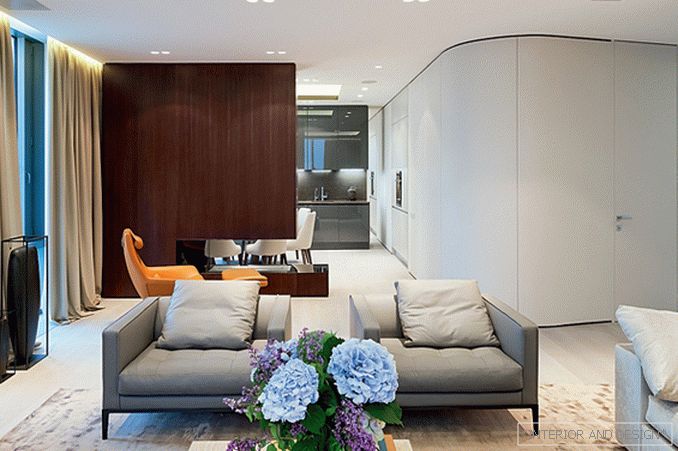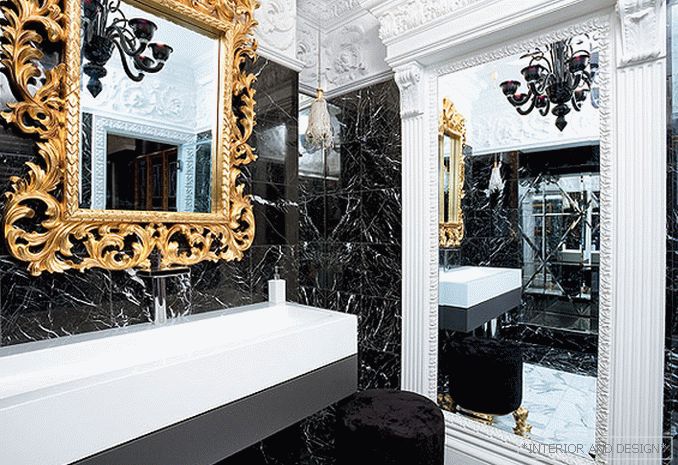This year's Paris exhibition MaisonObjet is 20 years old
 Passing the gallery
Passing the gallery Magazine: N11 (210) 2015
She matured. But we remember her "still a girl." True, she had promised to grow beautiful from the cradle. So it happened. Appearing at the peak of interest in the formalization of decorative and — more widely — interior art, she did not give this role to the legislator and performer to anyone. French people! What can I say, they are able to create an elegantly whipped image — women, eras, at home, no matter what. All this literary tradition they always managed with ease. This year, the exhibition organizers refreshed the concept using their favorite French tool — mix everything. For years, the developed logistics of “walking through the pavilions” ceased to operate. Now you are not going to the place where you always expected to see your favorite participants, but you are combing every centimeter of space. Clever! If earlier the division into pavilions was linear: ethnics are ethnics, chic is so chic, dishes are dishes and so on, then now you plunge into the world of decor just like in the flea market of high poshiba. All mixed up — from idea to subject. It is as if you yourself are following the path of the creative birth of a concept, you form a trend, you create a future. It is very interesting and fresh, the exhibition offers you to climb into the skin of the decorator, even if you are not. What can we say about the pro!
The Precious— “Precious” concept became the most “fried” theme of the exhibition. Symbolized its gilded apple with emerald gut. Something is in this from a fairy tale about a girl and about seven heroes. What, however, threatens us with the forbidden fruit this time? Only good! “New Black” —so, Elizabeth Lerish, the trendsetter, staked out this topic. Hypermateriality and utmost fragility — this is how it certifies the precious “heroes” of our time. This is understandable to every thinking person: the oversaturation of the Internet brought to the decor increased demands for tactility, materiality, tangibility and fragility of beauty. Elizabeth Leriche went into the depths and formulated a philosophy of what is of value to a person in the half-life of everything. Value, she says, lies not in the object or material as such (for example, gold or crystal). What matters is what is behind this material: history, nature, life. So, the stone once became sand, then melted into crystal and became a subject. Gold also receives not the first life, becoming a commodity. Traditional materials receive a philosophical “melting down” and are filled with new actual meanings, the decorators declare. The revival of trepidation in front of gold, semiprecious stones in the interior art, aesthetics and symbolism of mirror reflections — this is how the exhibition resulted in the year of its age maturity. Return to the senses, to the origins and to authenticity — this is the motto of the professionals. In this regard, all the major themes that have sounded on the stands of very different manufacturers fit into the Precious concept. A tree was filed in a new way, it wanted to be considered and “read”, ethnic ornaments on carpets and fabrics also cried about something important and so native to all of us. (As in Gumilev's poems about Lake Chad, where that mysterious giraffe wanders.) And if politically the world is falling apart before our eyes, then the decor is like never before a symphony of manners and a careful attitude to the entire heritage of humanity. Beauty is not only a chance, it already saves the world, stores it and offers a lot of recipes for positive.
Read the full text in paper or



